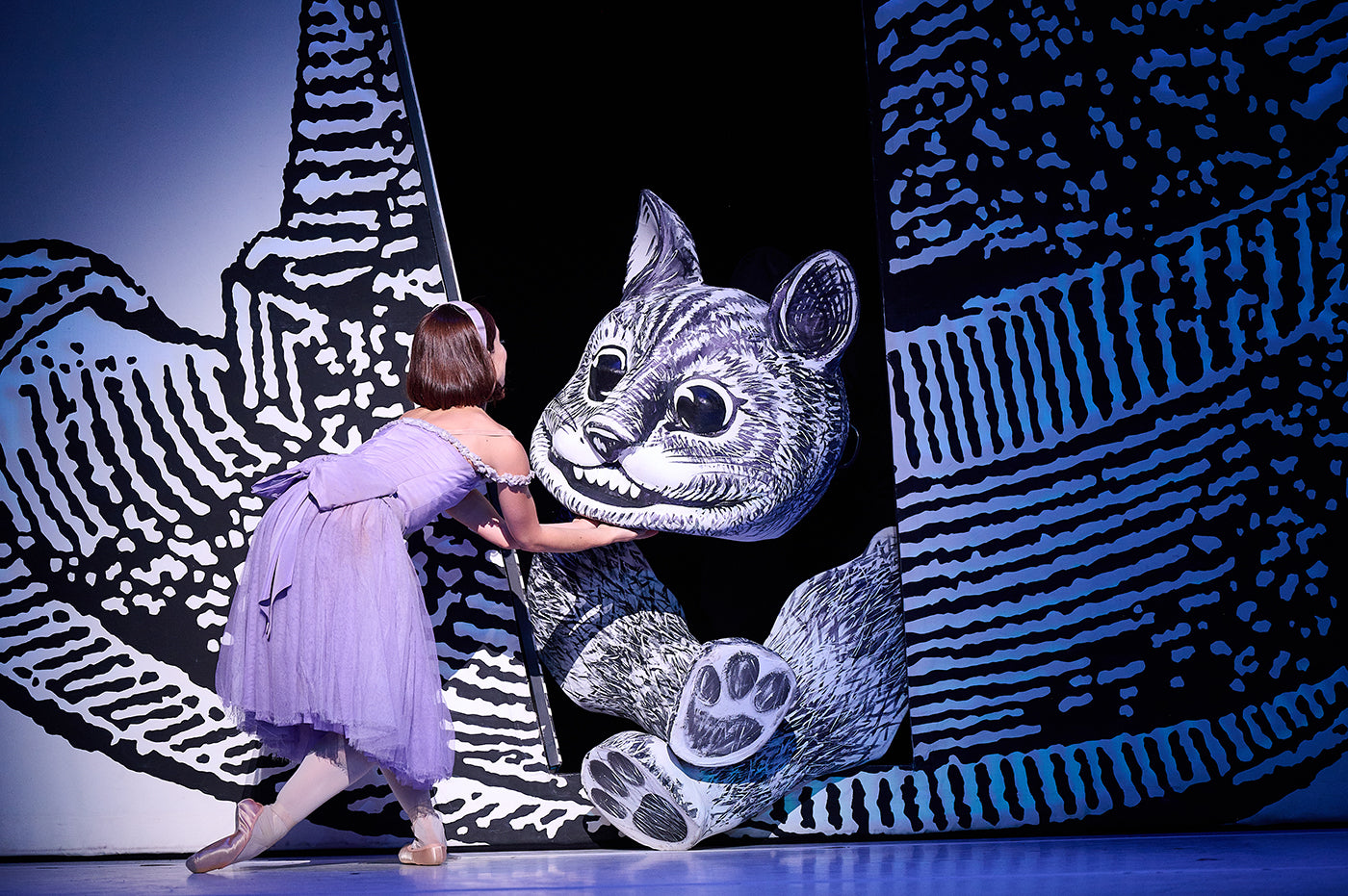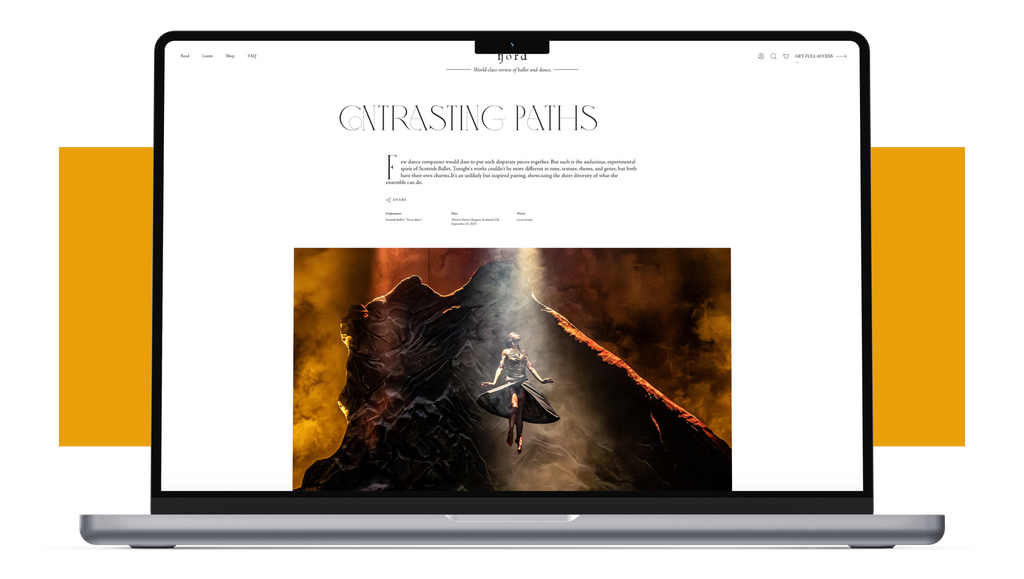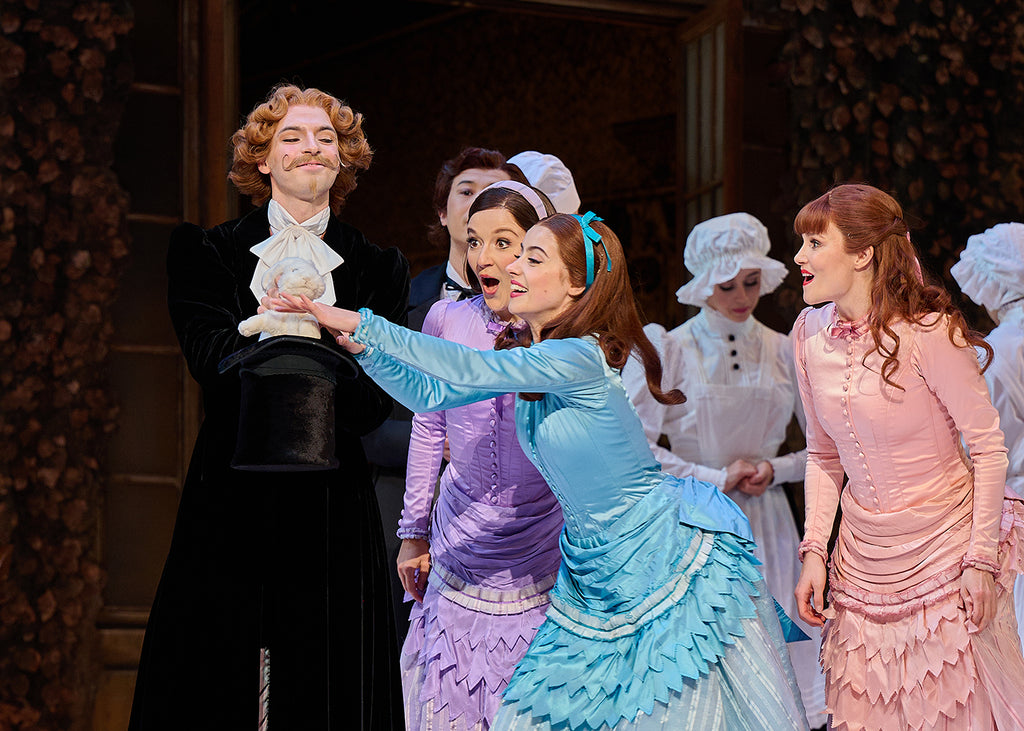Modern Dance Hold’em
Lassoing is a surprising through-line for a Martha Graham Dance Company performance. The theme steps generally tend towards the child-birthing variety: contractions and deep squats.
Continue Reading
World-class review of ballet and dance.
It is a kaleidoscope of references, a whirligig of Alices, I carry with me to the third Melbourne season of Christopher Wheeldon’s “Alice’s Adventures in Wonderland,” presented by the Australian Ballet, at the State Theatre in Melbourne. They mingle in the ether with the Alice conjured direct from my own reading of the Lewis Carroll classic, and the memory of that encounter. From Lauren Cuthbertson in 2017 to Ako Kondo and Amber Scott in 2019, in 2024, my Alice guides are Sharni Spencer and Benedicte Bemet, on the Tuesday and the Wednesday nights, respectively. Each Alice within the tale shapes the role accordingly, and so Spencer’s gentle and trusting of the “wildest impossibilities” Alice, and Bemet’s joyful and “wildly curious” Alice form a magical gallery of Alices who I follow about the stage as they in turn follow a twitching, scurrying, quick-changing White Rabbit.[1]
Performance
Place
Words



“Uncommonly intelligent, substantial coverage.”
Already a paid subscriber? Login

Lassoing is a surprising through-line for a Martha Graham Dance Company performance. The theme steps generally tend towards the child-birthing variety: contractions and deep squats.
Continue ReadingAs a dance viewer, it’s easy to get swept up in the grand movements in a piece, glossing over the finer details.
Continue ReadingHubbard Street Dance Chicago was in New York for a two-week run March 12–24 at the Joyce Theater, a venue that consistently programs excellent smaller dance companies in its 472-seat theater.
Continue ReadingThe legendary Cuban dancer Carlos Acosta trained relentlessly to come out of retirement last year for a performance of classical works in celebration of his 50th birthday at the Royal Ballet, where he spent most of his professional career.
FREE ARTICLE
comments